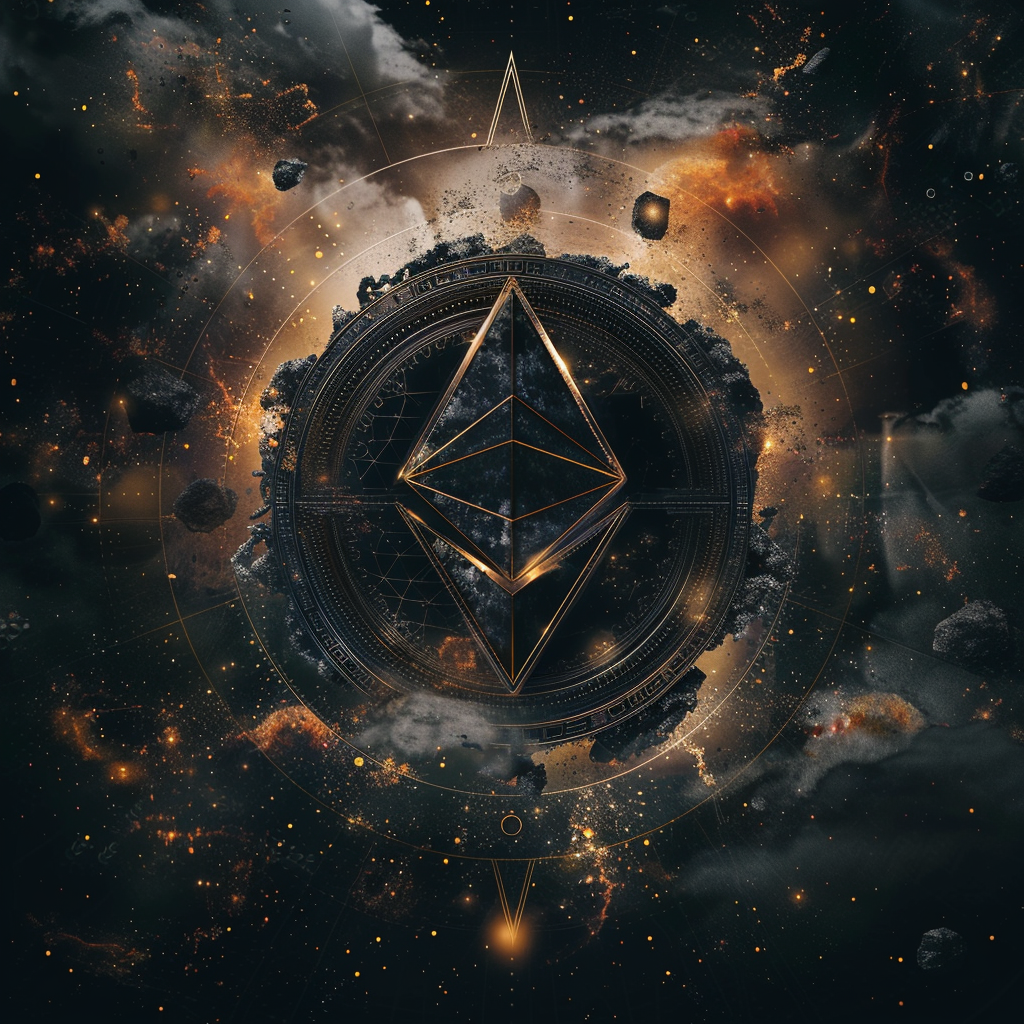
BLOCKCHAINS & CRYPTOCURRENCY
A QUICK OVERVIEW
What is Blockchain Technology?
Blockchain technology is a decentralized and distributed database system that records and verifies data transactions in the form of a digital ledger across a vast array of computers while utilizing advanced cryptography.
This ledger system consists of a chain of data blocks, where each block contains a set of transactions or other data logs, along with unique identifiers called hashes.
A hash serves as a digital fingerprint of the blocks and ensures integrity and stability across the chain. This provides transparency, security, and immutability of data.
Blocks are linked together in a chain-like structure with each block containing a reference to the hash of the previous block, forming a chronological sequence of blocks. This linkage creates a secure and tamper-resistant record of all the transactions or data stored within the blockchain.
Blocks are typically created through a process called mining, where network participants compete to solve a complex mathematical puzzle. Once a block is successfully mined, it is added to the blockchain, and the transactions or data it contains are considered confirmed and permanently recorded.
Block transaction validation is also managed through mining. When a user initiates a transaction on a blockchain, it is broadcasted to the network. Miners collect these transactions and verify their validity in exchange for a fee, typically referred to as a gas fee. The miners check if the sender has sufficient funds, if the transaction is properly signed, and if it adheres to the rules of the individual blockchain's protocol. Once confirmed across the network, the data is validated and recorded on the block.
Because these miners are distributed across a vast network around the globe and operate independently of a single server it makes the system decentralized and exponentially impossible to destroy or distort.
These unique features are what makes Blockchain Technology suitable for various applications that require maximum levels of security such as cryptocurrencies, decentralized applications (dApps) non-fungible tokens (NFTs), crypto assets, and real-world assets (RWAs).
What is Cryptocurrency?
Cryptocurrency is a digital or virtual form of currency that combines cryptography and blockchain technology for security and tracking.
It's not physical like the coins or bills you're used to carrying around. Instead, it's data stored and tracked on a blockchain ecosystem via exponentially complex cryptographic key systems (digital wallets).
The blockchain ecosystems keeps track of who owns how much of a given cryptocurrency and validates all transactions through a decentralized network of participating miners operating independent Graphics Processing Units (GPUs).
GPUs, are specialized electronic circuits that are designed to rapidly process and render images, animations, and videos. They are commonly used in graphics-intensive applications, such as gaming, virtual reality, and computer-aided design (CAD).
In the context of cryptocurrency mining, GPUs are also used to perform the complex mathematical computations required to validate and add new blocks to a blockchain. Due to their high computational power and parallel processing capabilities, GPUs are more efficient than traditional central processing units (CPUs).
This process allows cryptocurrencies to operate independently of a central banking system which rapidly speeds up transaction time and limits the complexity of transcontinental transactions that have to deal with multiple global fiat currencies and their independent legal frameworks.
You can use cryptocurrency to buy things online, just like you would with regular money and some businesses around the world are even beginning to accept cryptocurrency as a form of payment.
Blockchain and Cryptocurrency Table of Contents
JOIN US TO KEEP UP ON THE LATEST INFORMATION INVOLVING BLOCKCHAIN & CRYPTOCURRENCY
FREE TO JOIN, COSTLY TO IGNORE

